Red brass, known for its exceptional strength and durability, is a highly versatile material that finds application in a wide range of industries. With its distinctive bright reddish color and superior stability against oxidation and wear, this copper-based alloy has become a favorite choice for many applications. From plumbing components and electrical connectors to musical instruments and decorative items, the uses of red brass are diverse and extensive. Its unique qualities, such as high machinability and excellent thermal conductivity, make it an indispensable material in sectors like construction, automotive, marine, and more. Whether it’s providing structural support, enhancing aesthetic appeal, or ensuring reliable performance, red brass continues to prove its worth in countless ways. By understanding the remarkable capabilities and applications of red brass, we gain a deeper appreciation for this remarkable material and its significant impact on various sectors of the industry.
Types of Brass
Brass, a versatile alloy of copper and zinc, comes in a variety of forms, each with its own specific characteristics and areas of application.
It is widely utilized in sanitary fittings and valves because of its outstanding rust resistance and durability.Yellow Brass, on the other hand, is known for its beautiful golden tone and is widely employed in band instruments, decorative items and jewelry. Her malleability and sonic qualities keep her a popular choice for wind bands and orchestras.
Lead brass, as the name implies, contains a small amount of lead, which improves its workability and allows for the manufacture of products with high precision. This type of brass is often used in electrical connectors, plumbing, and ammunition cases.
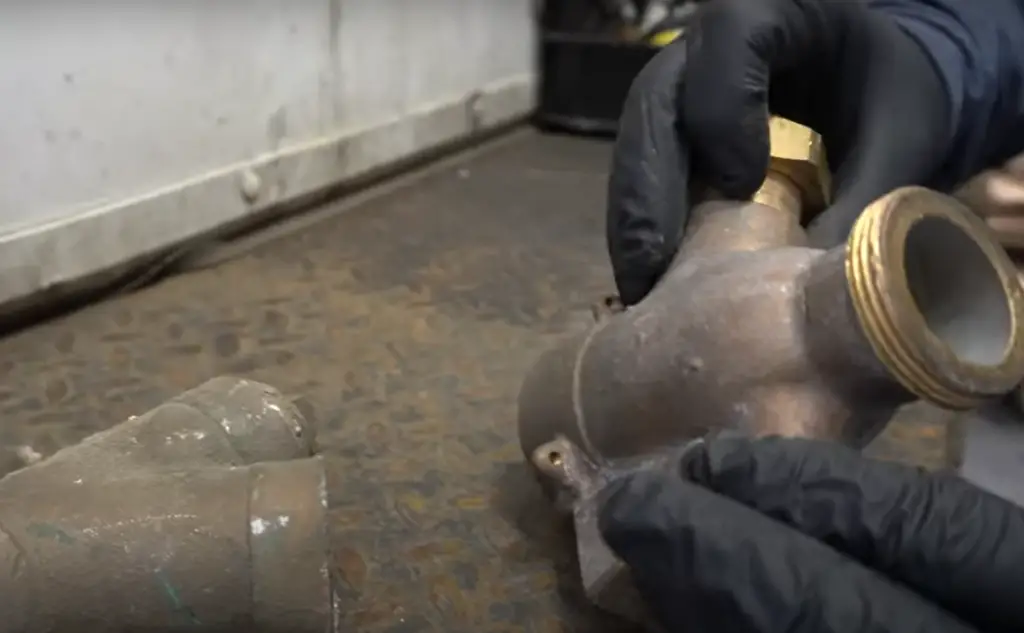
Naval brass, which is valued for its exceptional corrosion protection and high durability, is commonly utilized in marine equipment. It is ideal for components exposed to saltwater environments such as propellers, ship fittings, and naval equipment.
Understanding the characteristics and applications of these various types of brass allows us to appreciate the wide-ranging utility of this alloy in our daily lives, from household items to industrial production.[3]
What is Red Brass?
Red brass, also known as “”gunmetal,”” is a type by brass alloy that is typically composed of 85% copper, 5% tin, 5% lead, in addition to 5% zinc. This unique blend of materials not only provides the distinctive reddish color of gunmetal, but also contributes to it being extremely strong and long-lasting.
Another great thing about brass is its outstanding tolerance to rust and abrasion. It is an ideal choice for applications where durability and reliability are of paramount importance. Whether used in plumbing systems, industrial equipment manufacturing, jewelry design or electrical instruments, scarlet brass stands the test of time.
Moreover, the high copper content in red brass not only enhances its appealing color but also makes it highly malleable. This means it can be easily shaped into intricate designs without the risk of breaking or cracking. The versatility of red brass allows for endless possibilities in creating beautiful and functional pieces.
With its exceptional durability, resistance to corrosion, and malleability, red brass continues to be a preferred choice in various sectors. Its reliability and aesthetic appeal make it an indispensable material for those seeking long-lasting and aesthetically pleasing solutions.[1]
Red Brass Uses
Red brass, also known as C23000 copper alloy, is central to a variety of manufacturing sectors thanks to its distinctive features and exceptional properties. In the plumbing industry, it is extensively used in the production of valves, pumps, and fittings due to its remarkable corrosion resistance, ensuring the longevity and reliability of plumbing systems even in harsh environments. Its resistance to corrosion not only prevents leaks but also minimizes the need for frequent maintenance, making it a cost-effective choice for plumbing applications.
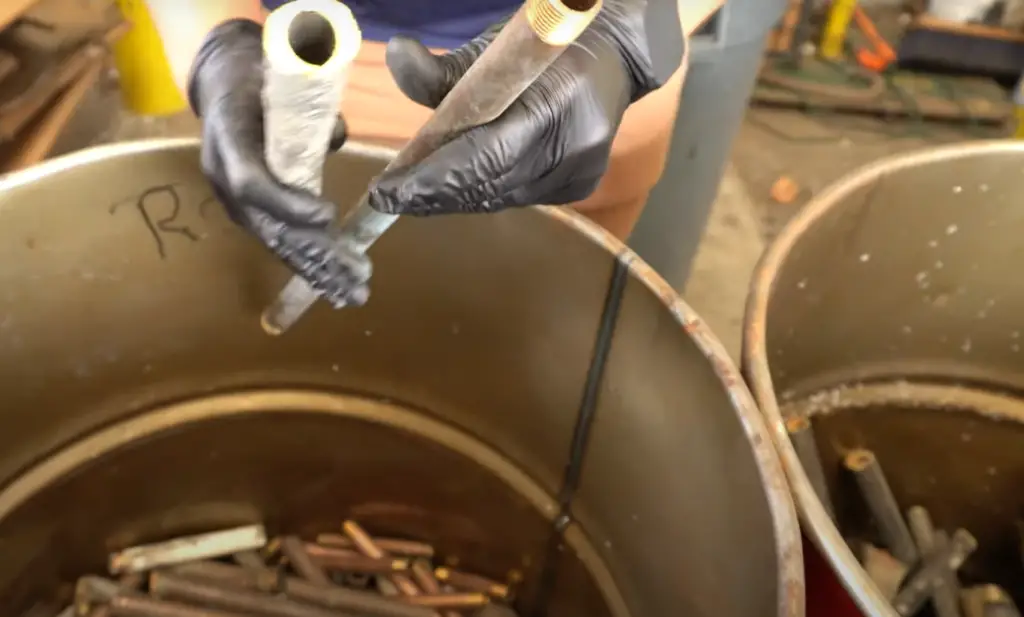
In the jewelry industry, red brass’s unique combination of malleability and appealing color makes it a popular choice for artisans and designers. Its malleability allows craftsmen to create intricate designs and unique pieces that are both aesthetically pleasing and durable. Whether it’s delicate filigree work or bold statement pieces, red brass provides a versatile canvas for jewelry makers to express their creativity.
Moreover, red brass finds its place in coin minting, where its high durability and distinct color make it an ideal material for producing coins that can withstand everyday use while maintaining their aesthetic appeal. The durability of red brass ensures that the coins can withstand wear and tear, making them suitable for circulation and long-lasting collectibles. The warm and rich color of red brass adds to the visual appeal of the coins, making them stand out in a crowd.
Red brass also plays a crucial role in the music industry, particularly in the construction of wind instruments like trumpets and trombones. The unique properties of red brass contribute to excellent sound quality and projection, making it a preferred choice for instrument manufacturers. Its high copper content enhances the resonance and tonal richness of the instruments, enabling musicians to produce captivating melodies and powerful performances.
Lastly, red brass finds applications in the manufacturing of industrial equipment, where its strength and resistance to wear are highly valued. Its robustness and durability make it suitable for heavy-duty machinery and equipment that are subjected to harsh operating conditions. The resistance to wear ensures that the red brass components can withstand prolonged use without compromising their performance, ensuring the reliability and efficiency of industrial processes.
In a nutshell, from our homes to our hobbies, red brass permeates numerous aspects of our lives, signifying its vital role in modern society. Its unique combination of properties makes it a versatile material that meets the diverse requirements of different industries, providing durability, reliability, and aesthetic appeal in various applications.[1]
What Makes Red Brass Ideal?
Red brass, also known as copper alloy C23000, is highly valued in numerous industries for its exceptional combination of desirable characteristics. This unique alloy possesses superior strength and resilience, making it an ideal choice for products that must withstand even the harshest conditions and heavy use. Its remarkable resistance to corrosion significantly prolongs its lifespan, reducing the need for frequent replacements – a quality that is highly appreciated in demanding sectors such as plumbing and industrial equipment manufacturing.

One of the key advantages of red brass lies in its high malleability, which is a direct result of its substantial copper content. This exceptional malleability allows for the creation of intricate and finely detailed designs, making it an invaluable material in industries such as jewelry making and musical instrument production. The ability to shape and mold red brass with ease opens up a world of possibilities for artisans and craftsmen, enabling them to bring their creative visions to life.
In addition to its outstanding mechanical properties, red brass also boasts a characteristic reddish hue, which adds a touch of elegance and beauty to the finished products. This attractive aesthetic quality enhances the visual appeal of items made from red brass, further elevating their desirability and allure.
Whether evaluated in terms of functionality, durability, or aesthetics, red brass unequivocally emerges as an ideal material choice across a wide range of industries. Its exceptional combination of strength, resilience, corrosion resistance, malleability, and appealing reddish color sets it apart as a superior option for those seeking quality and excellence in their products.[1]
Properties of Red Brass Material
Mechanical
Red Brass, also known as copper alloy C23000, exhibits exceptional mechanical properties that make it an ideal choice for various applications. With its high copper content, red brass boasts excellent tensile strength, allowing it to withstand significant stretching and bending without any signs of rupture. This durability ensures its longevity and reliability, making it a preferred material for manufacturing durable goods in industries ranging from plumbing to jewelry.
Moreover, red brass possesses a desirable level of hardness, although it may not match that of steel or other harder metals. Nonetheless, this hardness is sufficient for many applications where resistance to indentation or scratching is necessary, ensuring the longevity of the final product.
In addition to its mechanical properties, red brass is remarkably ductile, allowing it to be easily drawn into thin wires or hammered into thin sheets without breaking. This exceptional ductility opens up a world of possibilities for creating intricate designs and complex structures.
Beyond its impressive mechanical attributes, red brass also exhibits excellent resistance to corrosion, ensuring its durability even in harsh environments. Its aesthetic appeal, with its warm reddish hue, adds to its versatility and makes it a popular choice in various sectors.
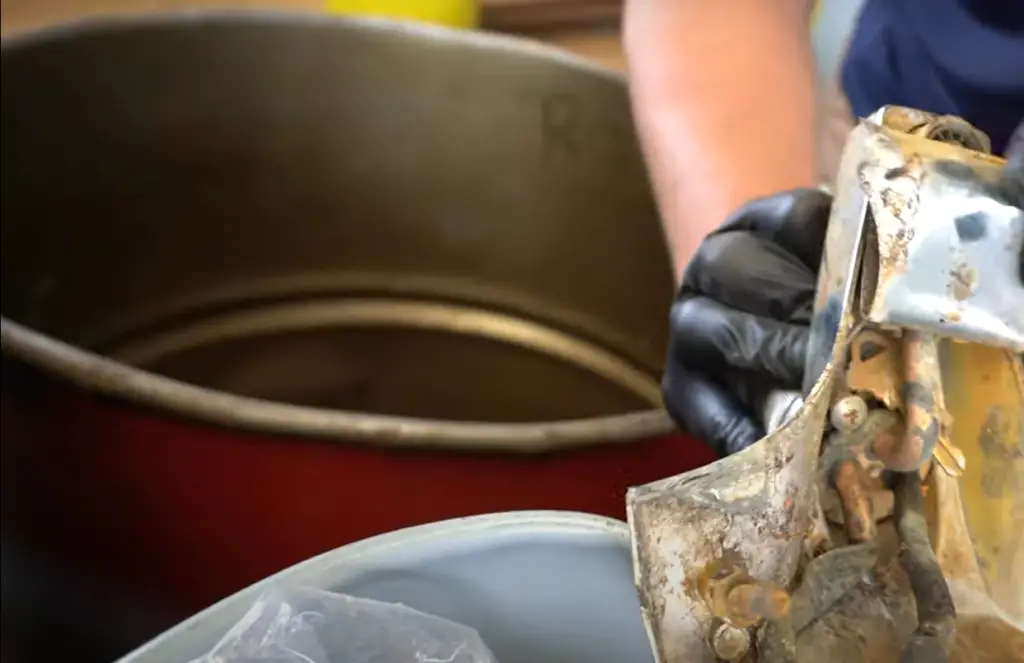
In conclusion, the combination of strength, hardness, and ductility makes red brass a highly sought-after material for manufacturing durable goods. Its exceptional mechanical properties, resistance to corrosion, and aesthetic appeal contribute to its wide-ranging applications in industries such as plumbing, jewelry, and many more.
Physical
Red brass, also known as copper alloy C23000, possesses several distinctive physical properties that make it highly versatile and sought after across a wide range of industries. With a density of approximately 8.70 g/cm³, red brass is a relatively heavy material that exhibits exceptional strength and durability, enabling it to withstand significant physical stress and maintain its structural integrity even under challenging conditions. Its impressive melting point of around 990 degrees Celsius allows it to endure high temperatures without any loss of shape or compromise to its overall performance.
One of the notable characteristics of red brass is its exceptional thermal conductivity, which makes it an excellent conductor of heat. This property makes red brass an ideal choice for applications such as heat exchangers, where efficient heat transfer is crucial. Additionally, red brass also exhibits good electrical conductivity, making it a preferred material for crafting electrical components that require reliable and efficient electrical connections.
In addition to its exceptional mechanical and material properties, red brass is highly valued for its aesthetic appeal. The characteristic reddish color and bright, lustrous finish of red brass give it a unique and visually appealing appearance. This makes it a favored material in industries such as jewelry and musical instrument manufacturing, where its distinctive hue and attractive finish add to the overall beauty and desirability of the final products.
In summary, the combination of red brass’s physical properties, including its density, melting point, thermal conductivity, electrical conductivity, and aesthetic appeal, contribute to its versatility and value across numerous sectors. Whether it’s used in heavy-duty industrial applications, electrical components, or in the creation of exquisite jewelry and musical instruments, red brass continues to be a trusted and highly prized material that meets the diverse needs of various industries.
Thermal
Red brass, also known as copper alloy C23000, exhibits remarkable thermal properties that make it highly versatile in various applications. It boasts exceptional thermal conductivity, allowing for efficient heat transfer within the material. This attribute proves advantageous in industries that demand rapid and effective heat distribution, such as heat exchanger construction.
What sets red brass apart is its high melting point, approximately 990 degrees Celsius, ensuring structural integrity even in high-temperature environments. This makes it a reliable choice for applications like hot water supply systems and machinery components.
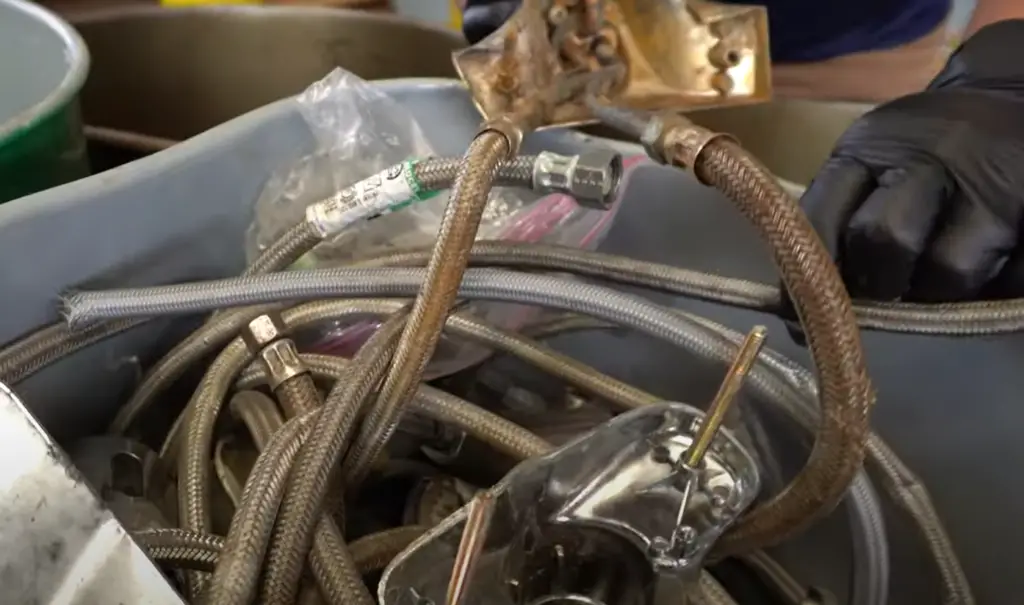
In addition to its thermal characteristics, red brass possesses impressive mechanical strength and corrosion resistance. These properties further enhance its reliability and versatility across multiple industries.
The combination of its thermal efficiency, mechanical durability, and corrosion resistance solidifies red brass’s position as a top-choice material for a wide range of applications. Its ability to withstand harsh conditions while efficiently transferring heat makes it an indispensable asset in various industries.
Fabrication
The fabrication process of red brass involves a series of carefully executed steps that take full advantage of its exceptional machinability and ductility. This versatile material can be easily cast into precise shapes, making it a preferred choice for casting applications across a wide range of industries. With its high malleability, red brass can be effortlessly hammered or rolled into thin sheets, allowing for intricate designs and precise craftsmanship. Moreover, its exceptional ductility enables it to be drawn into fine wires without the risk of fracturing, ensuring its suitability for various electrical and wiring applications.
When it comes to joining red brass components, different welding methods can be employed, although brazing or soldering are often preferred due to their ability to minimize heat input. This not only reduces the risk of distortion or damage to the material but also ensures the integrity of the final product. Additionally, machining techniques, such as lathe or mill operations, are commonly used to refine the shapes and surfaces of red brass components, providing the desired level of precision and quality.
From intricate jewelry pieces and musical instruments to durable pipes and industrial machinery, the versatility and reliability of red brass make it a go-to choice for designers and manufacturers alike.[2]FAQ
What Is The Difference Between Brass And Red Bass?
Brass and Red Brass, although sharing some similarities, possess distinguishing characteristics that set them apart, particularly in terms of composition, color, and applications. Standard brass, commonly referred to as yellow brass, typically consists of 65% copper and 35% zinc. In contrast, red brass, also known as gunmetal, has a higher copper content of approximately 85%, with the remaining composition comprising zinc and tin. This variation in composition gives rise to distinct colors, with standard brass exhibiting a yellowish hue, while red brass boasts a captivating reddish tone.
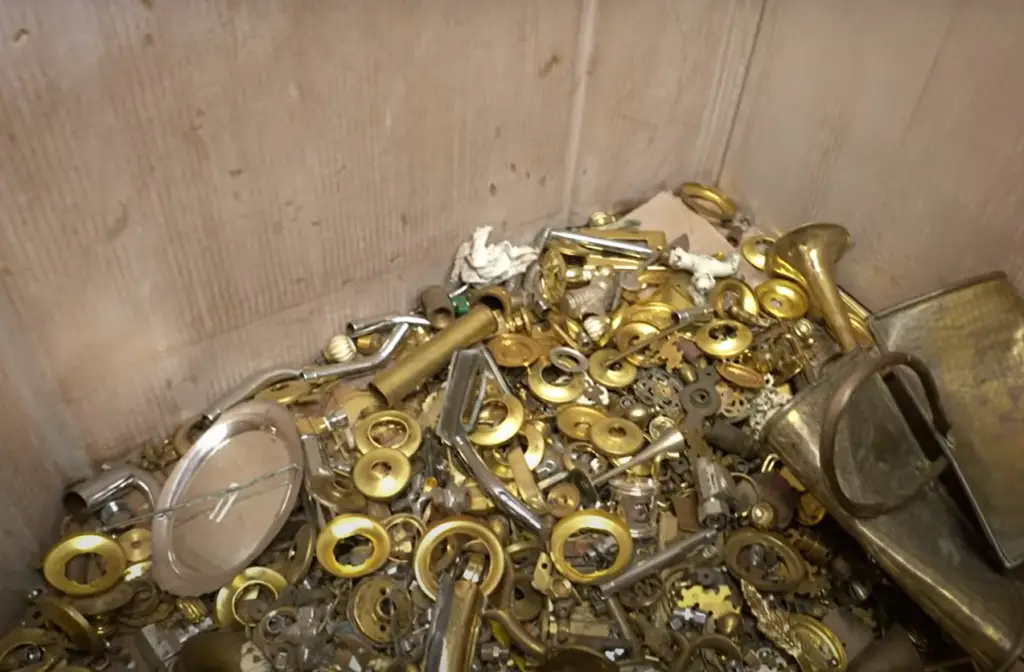
Furthermore, the higher copper content in red brass translates to superior corrosion resistance, making it an optimal choice for applications where corrosion poses a concern, such as in plumbing fixtures. On the other hand, yellow brass, being more malleable and easier to cast, finds extensive use in the fabrication of decorative items and musical instruments. It is important to note that the mechanical and physical properties of these alloys, including hardness, ductility, and conductivity, can vary significantly based on their precise composition, further expanding their range of potential uses. Hence, while both materials find widespread application across various industries, their specific purposes are dictated by their unique properties and characteristics, ensuring their versatility in meeting diverse needs.
In conclusion, understanding the nuances between brass and red brass allows for informed decision-making when selecting the appropriate material for a given application. By considering factors such as composition, color, and specific properties, one can harness the distinct advantages offered by these alloys, ensuring optimal performance and durability in various contexts.
Is Red Brass Better Than Yellow Brass?
The question of whether red brass is better than yellow brass is not straightforward because it is largely dependent on the application. Red brass, with its high copper content, superior corrosion resistance, and excellent machinability, is often considered better for industrial applications, particularly those requiring durability and resistance to wear and tear such as in plumbing fixtures and machinery components. Its composition and properties make it highly suitable for withstanding harsh conditions and prolonged use.
On the other hand, yellow brass, known for its malleability and ease of casting, is deemed superior for decorative items and musical instruments, where aesthetic appeal is a priority. Its ability to be shaped and molded into intricate designs allows for the creation of visually appealing and intricate pieces. Moreover, the lower copper content in yellow brass makes it more cost-effective, which can be a deciding factor in certain applications where budget plays a crucial role.
Therefore, the determination of the “better” brass is ultimately based on the specific requirements of a given application. Factors such as durability, corrosion resistance, aesthetics, and cost-effectiveness all come into play when deciding which type of brass is more suitable. Both red brass and yellow brass have their unique merits and advantages, making them valuable choices in different contexts and applications.
Is Red Brass Valuable?
The valuation of red brass depends on several key factors. One of the primary reasons it is often considered more valuable than other types of brass is due to its high copper content. Copper, being a more expensive base metal, adds to the overall worth of red brass. Additionally, the price of red brass is influenced by global market conditions, including the demand for copper, zinc, and tin, which are the primary constituents of this type of brass.
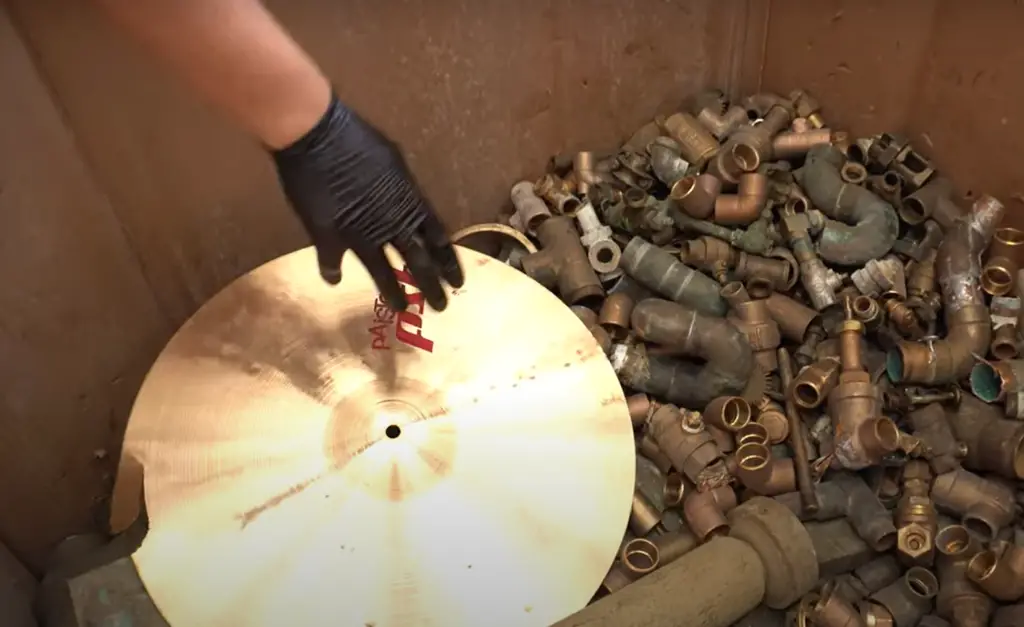
Moreover, red brass possesses exceptional qualities that contribute to its value. Its superior durability allows it to withstand harsh conditions, while its corrosion resistance ensures its longevity. Furthermore, red brass exhibits excellent thermal and electrical conductivity, making it an ideal material for various industries.
Despite its relatively higher cost compared to yellow brass, the investment in red brass is often justified by its exceptional performance in demanding applications. Its reliability and long-lasting nature make it a valuable asset in numerous sectors.
In summary, red brass stands out due to its high copper content, durability, corrosion resistance, and excellent thermal and electrical conductivity. These qualities, combined with its versatility in different industries, contribute to its overall value and desirability.
Does Red Brass Rust?
Red brass, also known as copper alloy C23000, is exceptionally resistant to rusting due to its high copper content. Rust, scientifically referred to as iron oxide, is a corrosive process that primarily affects iron and its alloys. However, since red brass is composed of copper and zinc and lacks iron, it is impervious to rust. Nonetheless, under certain conditions, red brass can undergo a different form of corrosion. Over time, exposure to specific environmental factors can lead to the development of a green patina on the surface of red brass, akin to the weathered appearance of aged copper pennies or the iconic Statue of Liberty. This patina is a result of the metal’s reaction with oxygen in the atmosphere. Although it may initially appear as if the red brass is undergoing damage, this natural patina formation actually serves as a protective layer, safeguarding the underlying metal from further corrosion. Consequently, while red brass does not rust, it does exhibit its own unique response to environmental exposure, further enhancing its durability and preserving its pristine condition.
What Is Another Name For Red Brass?
Red brass, also known as “Gunmetal,” is a versatile alloy that offers a range of properties and applications. Its distinctive reddish hues, reminiscent of the glow of a sunset, earned it the name “Gunmetal” due to its historical use in the production of cannons and firearms.
In addition to its captivating color, red brass boasts a high copper content of approximately 85%. This composition gives it exceptional conductivity and corrosion resistance, making it suitable for various industrial applications. Whether it’s electrical components, plumbing fixtures, or decorative elements, red brass is a reliable choice.
Moreover, in industry-specific contexts, red brass may also be referred to as “85 Copper” or “C23000.” These designations highlight its copper content and align with the UNS (Unified Numbering System) classification system. Familiarizing oneself with these alternative names can prove advantageous when sourcing materials or deciphering technical specifications, as different industries or regions often use distinct terminologies to describe red brass.
So, next time you encounter this remarkable alloy, remember its various appellations and appreciate its rich history and wide-ranging utility.
Is Red Brass Safe For Drinking Water?
Red brass is indeed a safe and reliable choice for drinking water applications. Its composition, consisting of approximately 85% copper and 15% zinc, not only imparts excellent corrosion resistance but also ensures its non-toxic nature. When water comes into contact with copper pipes, there is no risk of harmful substances leaching into the water supply, making red brass a trusted option for transporting drinking water.
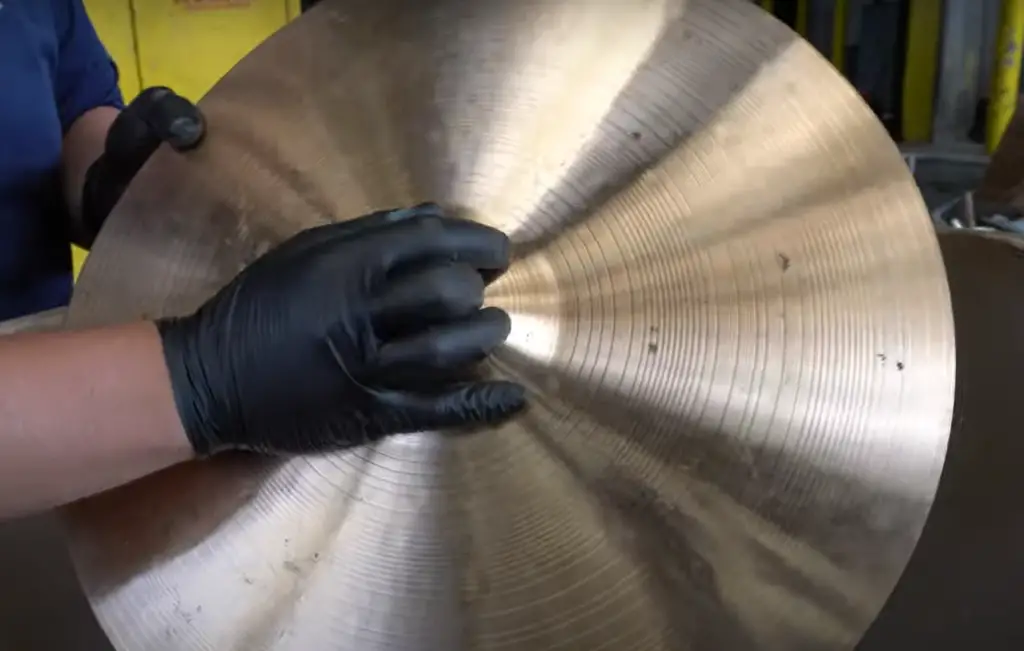
Furthermore, the outstanding resistance of red brass to the formation of biofilms is a significant advantage. Biofilms can harbor harmful bacteria and pose a threat to water quality within plumbing systems. However, red brass’s natural ability to resist biofilm formation helps maintain the integrity and cleanliness of the water infrastructure.
It is important to note that the U.S. Environmental Protection Agency (EPA) recognizes copper alloys, including red brass, as safe materials for drinking water infrastructure. This recognition underscores the reliability and suitability of red brass for plumbing systems.
However, as with any plumbing material, proper installation and regular maintenance are crucial to ensure the continued safety and reliability of the water supply. By following recommended practices and guidelines, the full benefits of red brass can be realized, providing a durable and safe solution for drinking water needs.
What Is The Strongest Brass?
When it comes to strength, Naval Brass is widely recognized as one of the strongest brass alloys available. With its composition consisting of approximately 60% copper, 39.2% zinc, and 0.8% tin, Naval Brass not only possesses exceptional strength but also exhibits remarkable resistance to corrosion, particularly in salt water environments. This unique combination of strength and corrosion resistance makes Naval Brass highly suitable for a range of marine applications, hence its name.
Moreover, the durability and high tensile strength of Naval Brass make it an excellent choice for applications requiring wear resistance. Gears, bushings, and fasteners are just a few examples of components that can greatly benefit from the robustness and longevity provided by Naval Brass.
However, it’s important to note that the term “strongest” can vary depending on the specific context. Different brass alloys offer varying degrees of strength, tailored to suit diverse applications and requirements. By understanding these nuances, engineers and designers can make informed decisions when selecting the most appropriate brass alloy for their specific needs.
What Things Are Made Of Red Brass?
Red Brass, renowned for its exceptional corrosion resistance and outstanding durability, finds extensive applications across various industries. Within the plumbing sector, red brass emerges as a popular choice for heavy-duty pipes, valves, and fittings, owing to its remarkable ability to withstand wear and tear, as well as its safety for potable water usage. Moreover, it plays a crucial role in the production of pump components, thanks to its remarkable resistance to dezincification—a testament to its reliability and longevity.
Beyond its industrial utility, Red Brass assumes a vital role in the creation of musical instruments, including saxophones and trombones, due to its superior acoustic properties. This unique alloy also lends itself to the production of consumer products such as fire extinguisher nozzles, architectural trim, and jewelry, where its distinct reddish hue adds an exquisite aesthetic appeal.
In the automotive and aerospace sectors, Red Brass is highly valued for its exceptional machinability and wear resistance, making it a preferred choice for bushings and bearings. As a result, Red Brass showcases its unparalleled versatility and value across a wide array of sectors, ranging from everyday objects to specialized industrial components. Its broad range of applications underscores its importance and demonstrates its ability to meet the diverse needs of various industries.
Why Is Red Brass Red?
The distinctive reddish color of Red Brass is primarily due to its high copper content. Copper, known for its reddish-brown hue, lends its vibrant tones to Red Brass as it contains approximately 85% copper. This dominant copper presence in the alloy contributes to its unique and captivating appearance. In addition to copper, Red Brass also consists of zinc and occasionally tin, albeit in lower proportions. However, it is the rich, reddish hue that not only gives Red Brass its name but also sets it apart visually from other types of brass. This exceptional coloration enhances the aesthetic appeal of Red Brass, making it a sought-after choice in various applications such as jewelry and musical instruments. The mesmerizing interplay of light and reflection on its surface further accentuates its allure, making Red Brass a truly captivating material.
Useful Video: What’s the Difference of Semi Red Brass vs. Red Brass?
Conclusion
In summary, Red Brass, also known as Gunmetal or by its UNS designation, C23000, is an incredibly versatile and highly valued material. With its high copper content, it not only boasts excellent corrosion resistance, durability, and inherent rust resistance, but also exhibits exceptional thermal and electrical conductivity. These properties, combined with its suitability for drinking water systems, make Red Brass a preferred choice in plumbing applications. Moreover, its strength and aesthetic appeal have made it popular in the manufacturing industry, where it is used in various components and machinery. Additionally, Red Brass finds its way into the world of music and jewelry, thanks to its unique reddish color, which is a result of its copper component. This distinct hue adds to its visual appeal and sets it apart from other materials. The extensive range of applications and the array of beneficial properties that Red Brass possesses underscore its significance in both industrial and consumer contexts, solidifying its position as a highly sought-after material.
References:
- https://blog.thepipingmart.com/metals/uses-red-and-yellow-brass/
- https://www.ehow.com/list_7492412_properties-red-brass-material.html
- https://www.metalicobuffalo.com/plumbing-scrap-metal-recycling/yellow-and-red-brass






